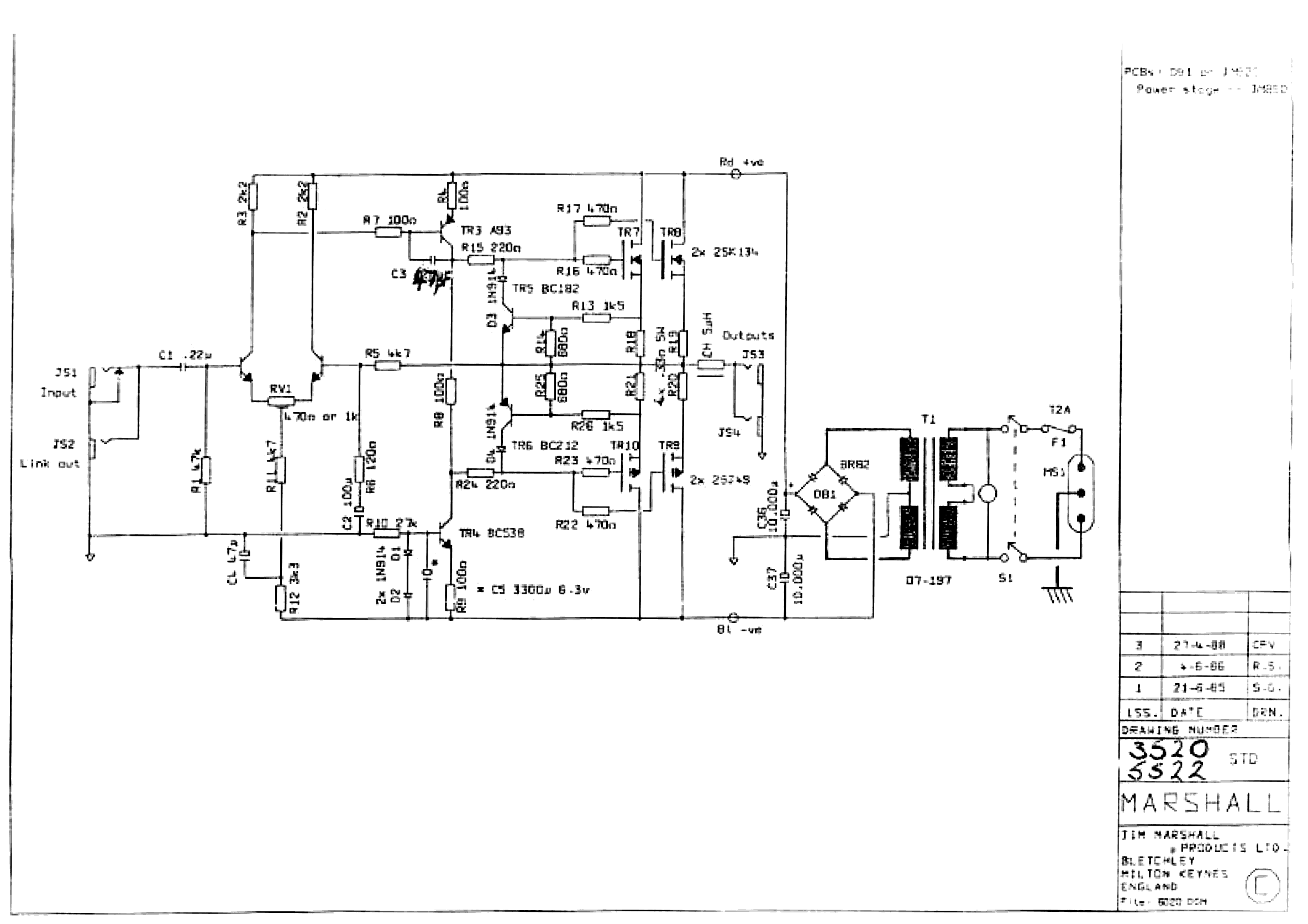picked this up used / in-op - it blew the fuse instantly when the switch turned on.
jumpered the fuse holder and got a nice 60hz hum and some visible arcing in the power transformer.
any idea where to find one?
it's a large round (torroidal) with no part numbers
thanks in advance
jumpered the fuse holder and got a nice 60hz hum and some visible arcing in the power transformer.
any idea where to find one?
it's a large round (torroidal) with no part numbers
thanks in advance

Comment